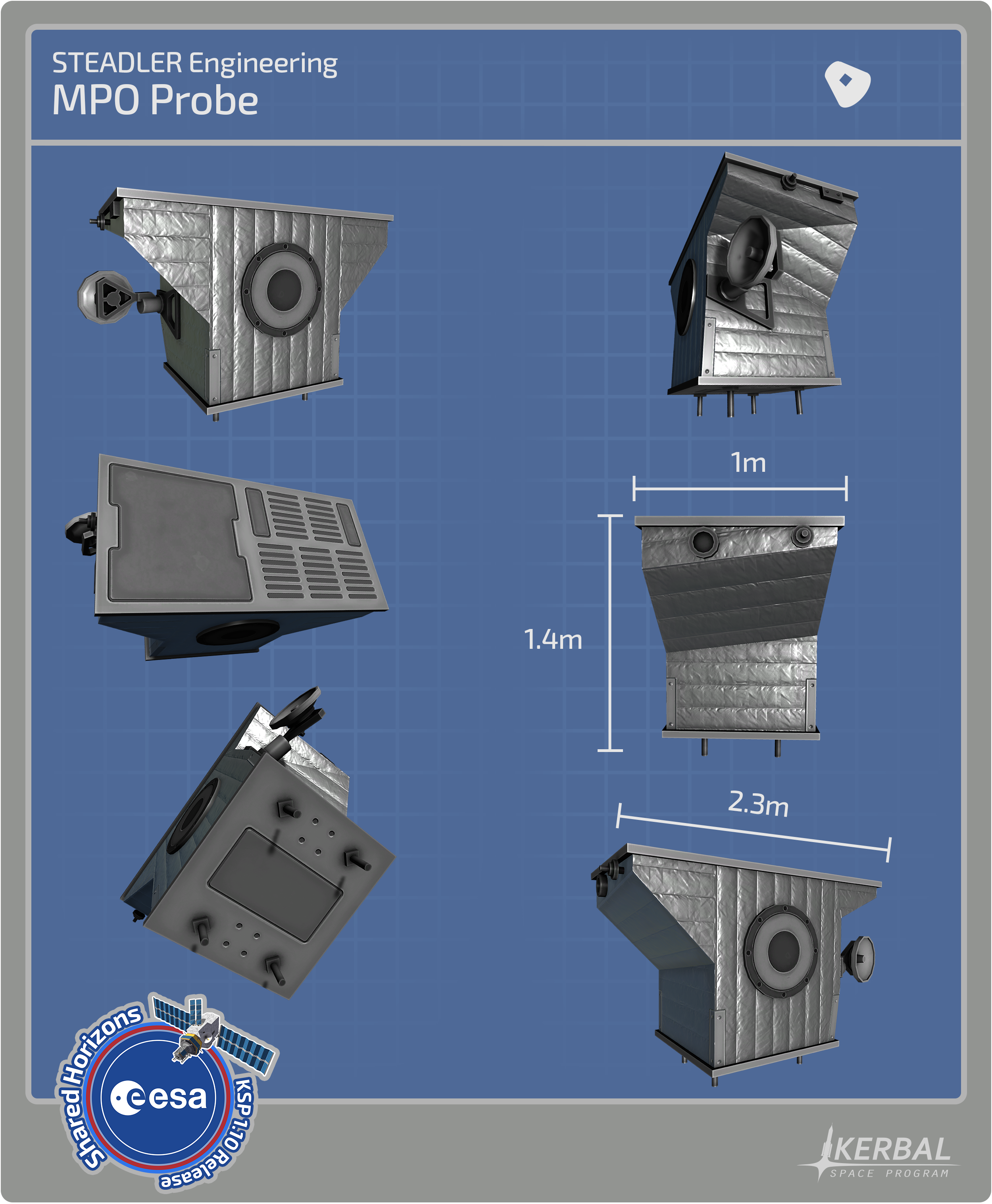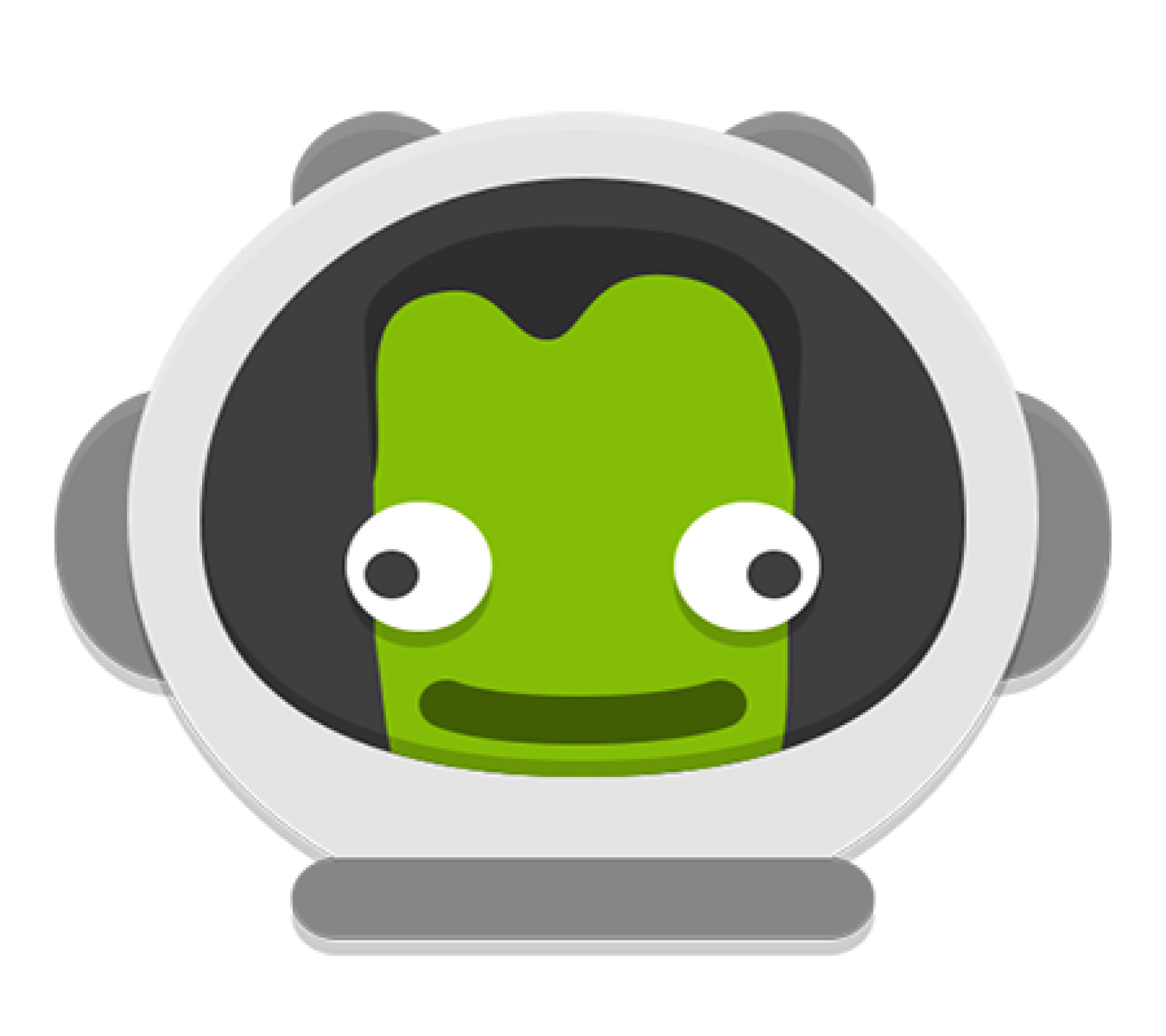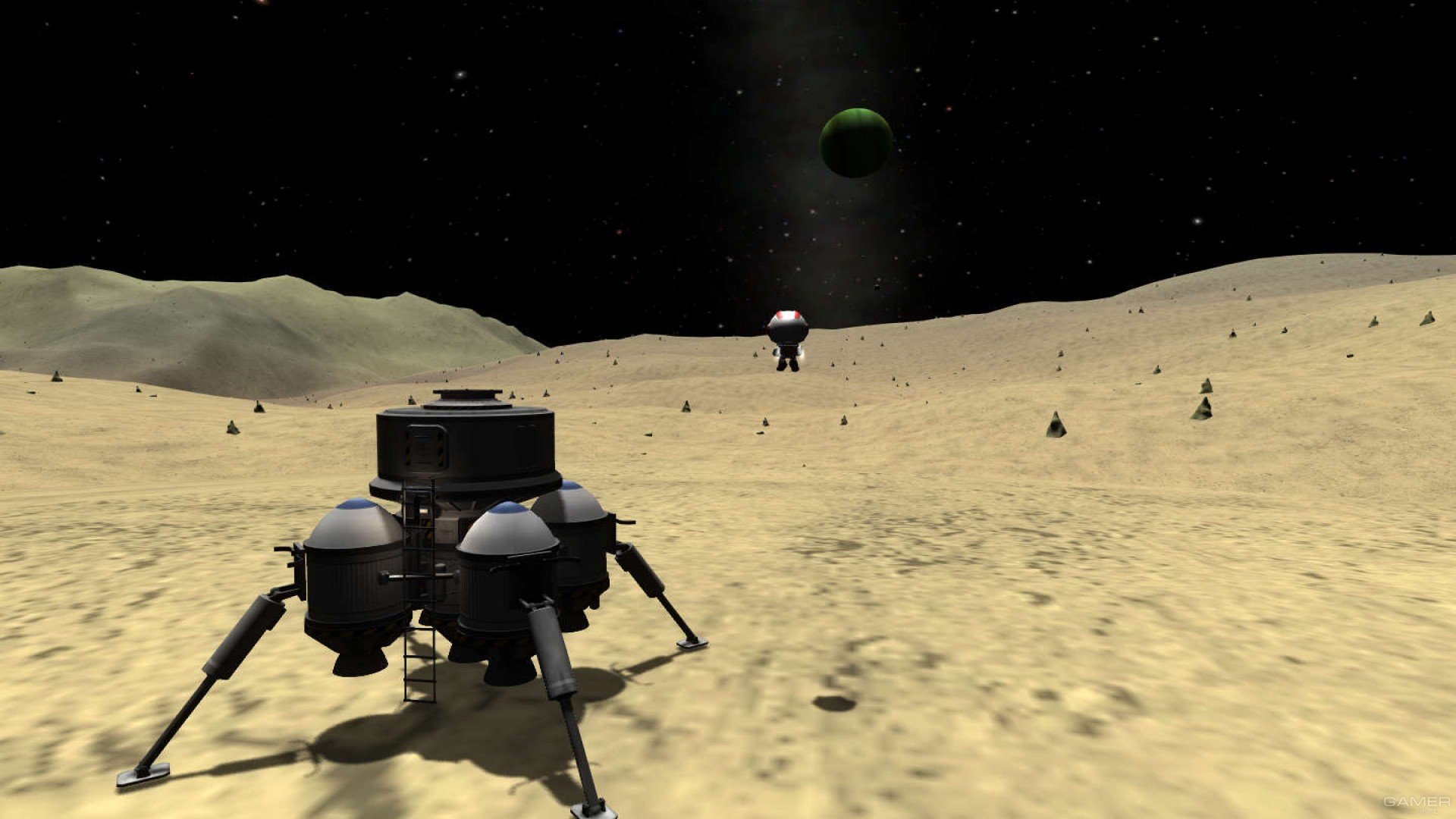
Once I mastered orbit, I set my sites to the moon. After finally landing on a design that got me into space, turning a vertical trajectory into an orbital one presented new challenges. Getting off the ground is only the first small step for Kerbal kind. Quick and fun experimentation is the name of the game. If my design was clearly a failure, I could revert right back to construction. If you don't like the way a launch went, you can just revert back to the launchpad with no penalty. It wasn't a big issue when a chute would deploy on launch, but it did cause me some grief when I was later into a mission and an engine would separate instead of fire.īut even when things went wrong, Kerbal makes getting it right easy. Shuffling parts around during a build would sometimes cause parts of my ship to fall off in flight when I wasn't expecting it. The one area where building proved to be a hassle was staging. When I took it to the launch pad and set it off and it didn't immediately explode, there was a brief second, just before the whole thing failed violently, where I thought "Hey, maybe I'm onto something here." It was a glorious second. I didn't design it for science, or for speed, or to see how far I could make it fly I built the thing just because I could. Leaving the symmetry option turned up to its highest setting, I quickly built an excessively powerful pinwheeling rocket. Sandbox allows for truly ridiculous designs - the sort of insane, utterly impractical rockets I built just to see how far I could push Kerbal’s physics.

When I'd get to a point in Career where I was having trouble progressing and started to get frustrated, I'd switch to Sandbox and build to my heart's content. Without the goals of Career mode, I'd rather be playing Sandbox, where everything is unlocked and my imagination is the only limit. It retains the tech tree progression of Career mode, but removes other restrictions so the stakes aren't as high. Striking the perfect balance between thrust, weight, and fuel with only the parts and funds unlocked in Career mode made me feel like a brilliant rocket scientist. A heavier ship needs more thrust to go higher, which requires more engines. Bigger engines require more fuel, which make the ship heavier. Going higher requires more thrust, which requires bigger engines. Balancing funding, scientific progression, and reputation forced me to put thought into each launch, and the limited selection of spaceship parts made me think hard about how I could get the most from each rocket engine, fuel supply, or science module. All the challenges that come with actually blasting an object into space come into play. I spent the majority of my time in Career mode.

It's a lovely feedback loop that I can't get enough of. Every success (such as reaching a new record altitude) is really just a place to start over, only with better stuff.

#Lead design kerbal space program 2 trial#
Through hours of trial and error, I finally came to a design and flight technique that did what I wanted it to, and it was fantastically satisfying because each accomplishment is just a step toward bigger and better things. In its Career and Science modes, Kerbal Space Program creates an incredible sense of accomplishment with each successful feat of rocketry.


 0 kommentar(er)
0 kommentar(er)
